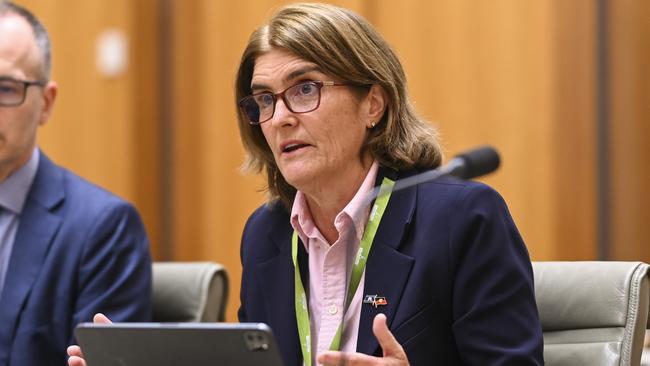
About 30 per cent of the population is haemorrhaging via mortgage and rent stress. Further interest rate increases will be a severe community disaster to the mortgage stress sector.
The US Federal Reserve faces a different dilemma with similar consequences.
As I will explain below the US regional banking system is under deep stress and that played a key role in today’s decision not to increase US official interest rates.
That US decision will play an important role in our Reserve Bank Cup Day deliberations.
A large portion of the remaining 70 per cent of the Australian population have strong finances but restrained their expenditure from Mother’s Day until mid to late September.
They now are being successfully enticed to spend by retailers and service providers (including travel providers) who understand how to market to them.
In past years when the Reserve Bank lifted interest rates it had an immediate dampening effect on the whole economy, but this time around we have state and federal governments with enormous political agendas that are thwarting the Reserve Bank’s efforts by borrowing heavily to spend large amounts.
Not surprisingly, the consumer prices are starting to accelerate and rose by 1.2 per cent in the September quarter — higher than market expectations — to be 5.4 per cent higher than a year ago.
In the next couple of years there will be considerable differences in the performance of retailers. Some will succeed by adapting to the 70/30 community divisions, while others will fail.
A number of major retailers including Bunnings, Harvey Norman and The Good Guys are reporting they are finding it hard to sell large items. But other retailers are doing better. The three retailers who have reported sales difficulties have been huge winners via mass discount marketing in the post-Covid era.
But, because in the current climate their sales are going to come from more affluent people, they may need to entice these customers into spending large sums by emphasising the features of new products rather saying “so much off”.
One of the reasons why the more affluent people are now starting to spend again is because both their homes and share portfolios have been holding well and, in some cases, increasing.
This engenders confidence.
If the Reserve Bank is to curb affluent spending via interest rates it will need to hit both these savings pools hard which will smash those under mortgage stress and increase bank problems.
In addition the situation in the Middle East is full of uncertainties.
If the Middle Eastern crisis explodes and the price of oil and gas greatly increases, then global central banks including the US and Australia will need to embrace entirely different agendas including higher interest rates.
Already the Middle East has been impacting share values and if it continues it almost certainly will begin to affect house prices, particularly if the Reserve Bank makes it clear that interest rates are set to rise again.
The Australian share market is following the US which does not have a 70/30 division caused by mortgage stress because those who bought homes with big mortgages have fixed rates for up to 30 years and are not impacted by higher interest rates as occurs under the Australian system.
In the US it is the long term bond rate that impacts the value of new home purchases rather than the central bank rate as occurs in Australia.
But like Australia, the American government is spending at a huge rate although a lot of it is directed towards better manufacturing.
The auto workers have won huge pay rises, which will spread, so the latest interest rate pause may be temporary.
In Australia there is also great pressure for wage rises and thanks in part to government spending creating skills shortages, wages are accelerating.
But the US has its own crisis, albeit different to Australia. The owners of large office blocks borrowed heavily from small regional banks only to see their tenants substantially cut back the space required because of home working.
Rents have fallen sharply and there are many virtually empty office buildings which are now valued at only a fraction of the amount the banks have loaned on them.
The regional banking network in the US has already been mauled by higher bond prices and looks set to be hit even more severely by the slump in the value of office buildings as there is no sign of a substantial return to working in the office by American workers.
If the US Federal Reserve returns to interest rate increases it will have its own version of our 70/30 problems via the likely failures among smaller banks.
I am reluctant to forecast what will happen on Cup Day but markets are clearly warning householders in the 30 per cent suffering group there could be another quarter to half a per cent rate rise in coming months.
As we move into 2024 the looming July 1 tax cuts will become a major issue and the prospect that those using the 25 per cent take home pay premium on casual labour to reduce their mortgage and rent stress will be hit hard if casual labour is slashed by the government’s 784-page business blueprint.
As I explained yesterday I don’t think changes agreed between the government and the Australian Hotels association go far enough to avoid a severe community blow in the 30 per cent suffering sector.




Australia is divided into two separate communities so when the Australian Reserve Bank meets on Melbourne Cup Day, new Governor Michele Bullock will face a deep quandary.